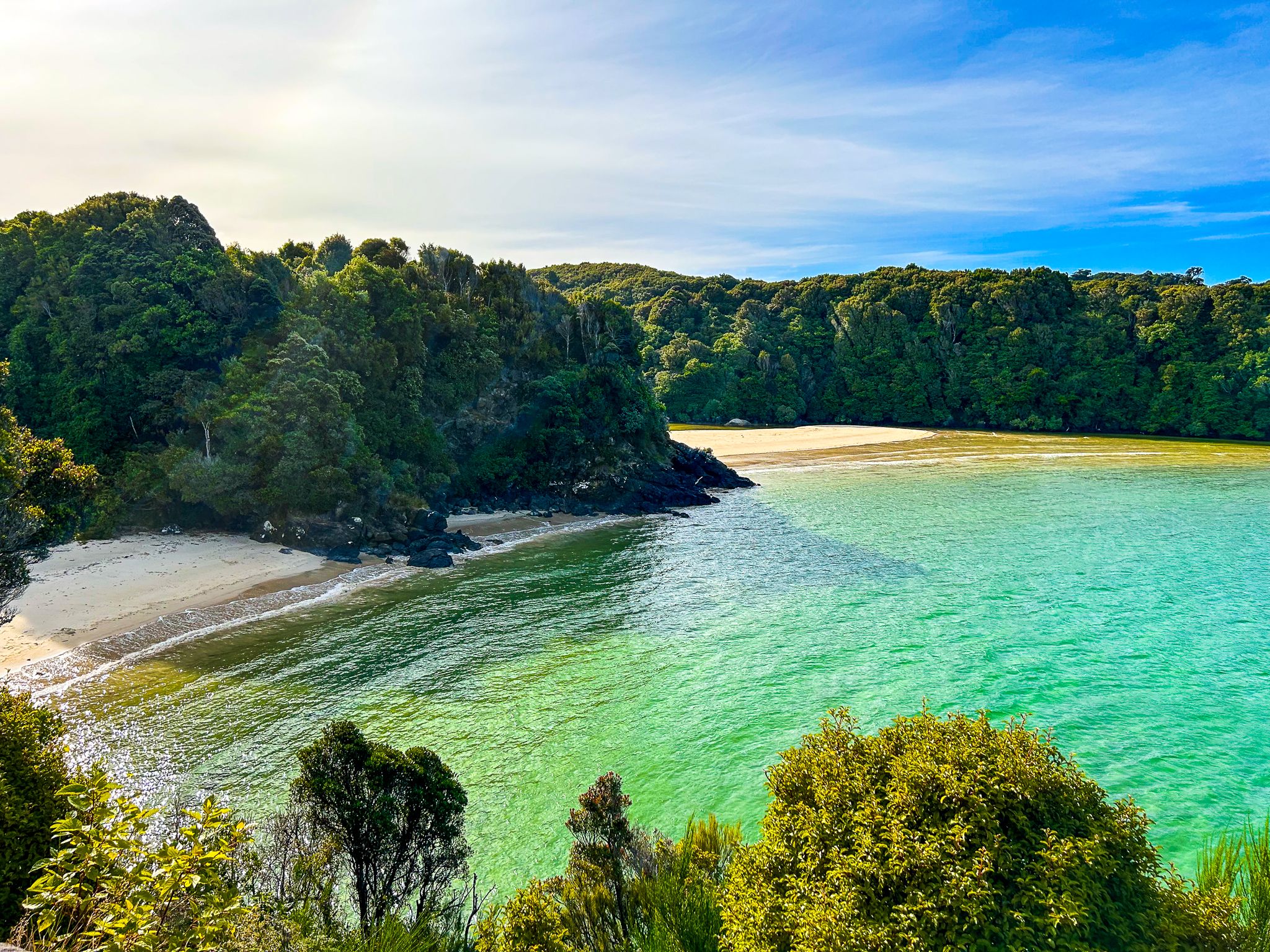Exploring Rakiura Stewart Island
Rakiura Stewart Island, located at the southern tip of New Zealand, offers a glimpse into the country's pristine natural environment, reminiscent of Aotearoa before human settlement. Despite its remote feel, the island provides a balance between untouched wilderness and accessible civilisation.
Discovering Oban and Its Wildlife
Upon arrival, visitors are greeted by Oban's charming, rustic atmosphere, reminiscent of an old New Zealand fishing village. Although fishing remains a key activity, it now caters largely to tourists. The town is compact, making it easy to explore on foot.
Bird enthusiasts will be delighted by the abundant wildlife, including kākā, which are large forest parrots that visit the town in the evenings. Kiwi sightings are possible during the day at Mason Bay and around the local airfield at night.
Other common birds include weka, kererū, and koromiko (bellbirds). The island is also home to a variety of seabirds, such as penguins, albatrosses, and mollymawks. Mollymawks, a slang expression for a mid-sized albatross, are notable for their front-facing eyes and are about half the size of the largest albatrosses.
Exploring Ulva Island and Beyond
A short boat trip from Golden Bay takes visitors to the Ulva Island sanctuary, a haven for birdlife. For a closer encounter with the island's remarkable seabirds, a tourist ride on a fishing boat is recommended. These trips often yield enough blue cod to make the experience worthwhile, especially when compared to Auckland prices.
Walking and Hiking Opportunities
Eighty per cent of Rakiura Stewart Island is in the Rakiura National Park, managed by DOC. There are numerous short to moderate walks accessible from Oban, as well as sections of the normally three-day Rakiura Great Walk. A longer option is Mason Bay and back, which can be accomplished in one to two days with the assistance of a small plane and water taxi. This journey provides a chance to see kiwi during the daytime, though it's important to research options and consider seasonal variations.
For the truly hardcore, there is the Southern Circuit, a round-the-island tramp that normally takes 4 to 6 days. It mostly follows the coast and is infamous for its mud!
Human History
Māori settled on the island as early as the 14th century, drawn by abundant marine and forest resources. The island’s Māori name, Rakiura, meaning “glowing skies,” references the aurora australis. From around the 1800s, Māori coexisted with sealing and whaling communities, followed by European settlers who established small fishing, milling, and trading communities. These settlements remained modest in scale, partly due to the island’s remoteness and challenging terrain. Today, there are about 400 residents, mostly in Oban, with summer tourism the main business.
Geography
Stewart Island / Rakiura is New Zealand’s third-largest island, located about 30 km south of the South Island across Foveaux Strait. Its landscape is dramatic with indented coastlines, including Paterson Inlet, Port Pegasus, and Mason Bay, and rugged hills. The highest point is Mount Anglem / Hananui at 980 m.
The Rakiura National Park ensures that its wilderness of dense native forests, dunes, swamps, and scattered islets remains intact. The absence of imported predators has allowed native birdlife to flourish, making the island one of the best places in New Zealand to see native land and sea birds.
How to Get There
Travellers can reach Rakiura by either a boat ride from Bluff to Oban (Halfmoon Bay) or a small plane from Invercargill Airport. The boat journey takes about an hour and can be quite rough, so it's advisable to prepare for changing weather conditions, including rain, despite the generally mild climate.

